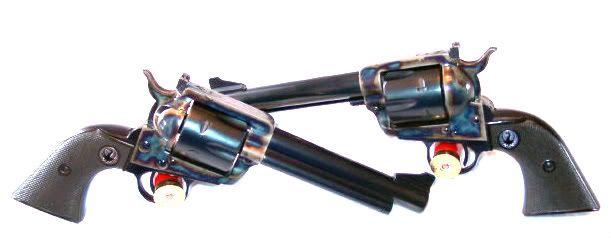yes, may be "weird" but it boils down to the time put into the actually fitting , timing any revolver, matching fitting parts, that if all made to the dimensions of any said "parts" drawing and you have a +/- of a nominal size of say a few thousandthsv either way and you put it to another part that is the same distance the "other" way, guess what,,,,,,, its "out of time..............the pawl pushes up the "star" to index the rotation of the cylinder, trigger parts push or pull down the "bolt" ( cylinder stop) holds it long enough to allow the cylinder to turn around and align the "lead" ( grove) ahead of the "notch" if all goes well ,notch to notch , the "bolt" ( cyl stop) does NOT drag on the cylinder, stays down , within the frame until it jumps up 'leads' into the notch, locks up the cylinder , the gun is now in "battery", allowing you to pull the trigger and fire...ta daa if alls correct...NO drag line, up too soon, drag line...I know when back in the day we worked with smiths, they felt as long as the drag line was straight, not a wiggle or a wobble or an interruption ( skips) all is normal and OK with them...........Mass production does NOT allow for the time it takes to "fit" ( and yes back then the gunsmiths were "fitters" cut and file and tap with a hunk of 'german babbit' get the timing down pat....ah, those were the days...now its either cast (MIM) or CNC to more precise measurements and drop it all in, voila ,,,,ship it

.....................class dismissed





